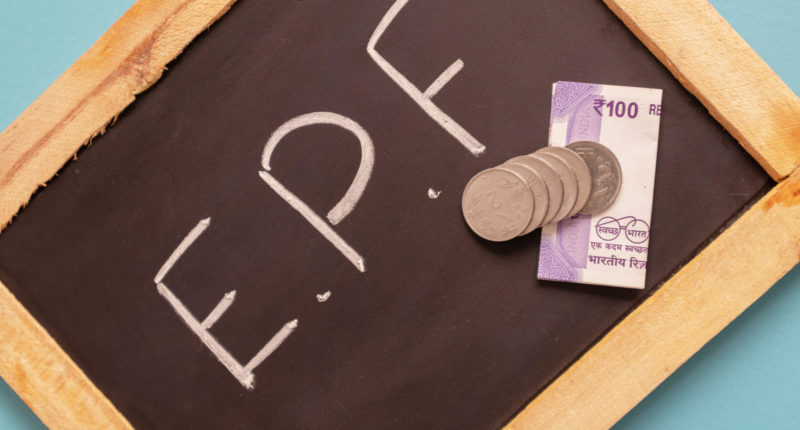Employees in need of funds during the COVID-19 lockdown can withdraw from the EPF balances. The advance is non-refundable, and the employee need not deposit the money withdrawn back into their EPF account. The withdrawal will provide liquidity in the hands of employees during the COVID-19 lockdown. All employees contributing to EPF are members of the EPFO.
1. How can you use your EPF withdrawal?
The EPF scheme allows its members a grant of advance when the government has declared a disaster or epidemic. Given the pandemic COVID-19, the EPF authorities have decided to provide EPF members with an advance to help them meet their financial needs. Employees can obtain lower of the below amounts as advance:
- Three months’ basic salary or wages plus dearness allowance if any
- 75% of the balance standing in their EPF account.
The spread of COVID-19 has brought business and normal life to a standstill. Many employees are facing a cut in their salaries, bonus, loss of jobs due to uncertain business conditions. In such circumstances, employees need funds to meet their regular expenses such as rent, groceries, medical expenses and so on. Many employees also have fixed financial commitments such as housing loan EMI, vehicle loan, education loan, credit card loan and so on.
The savings in your EPF account come handy in these financially trying times. Employees can dip into their EPF savings accumulated over their years of employment to pay for their necessities and fixed financial commitments. Employees can also use the EPF funds to pay high-interest loans such as credit card loans which carry 3%-4% interest per month.
The need to clear your dues on credit card assumes more importance in the COVID-19 crisis, which calls for more non-cash transactions. Also, credit cards offer interest-free credit period, which can be helpful in financially adverse situations.
Also Read: EPFO Defers the Payment of Employers’ March Contribution By 30 Days
An illustration on how much you can withdraw:
Ms R, an employee of a small ITES company draws an annual salary of Rs 9 lakh desires to obtain an advance from her EPF account as the establishment is in lockdown due to the spread of COVID-19. Ms R has a basic salary of Rs 4.8 lakh, which is Rs 40,000 per month. Ms R has been in employment for more than five years, and her accumulated balance in EPF account stands at Rs 3 lakh. Here, Ms R can withdraw lower of the below amounts:
- Rs 1,20,000 (Rs 40,000*3): Basic salary for three months
- Rs 2,25,000 (75% of Rs 3,00,000): 75% of the balance standing in the member’s account.
Ms R can withdraw Rs 1,20,000 as non-refundable advance from her EPF account.
2. Procedure for making a withdrawal
Employees seeking an advance can make an online application using their login on the EPFO’s website.
- A member with a UAN (Universal Account Number) should log in to the website https://unifiedportal-emp.epfindia.gov.in/epfo/
- Under the tab ‘Online Services’, choose the option ‘Claim (Form-31, 19 & 10C)’
- The next screen will display the details of the member and ask for ‘last 4 Digit’ of the member’s bank account number
- After verification, the member should click on ‘Proceed for Online Claim’
- The member has to apply for ‘PF Advance (Form 31)’
- Indicate the purpose of the advance as ‘Outbreak of pandemic (COVID-19)’
- The member should mention the advance amount, provide their address and a scanned copy of bank cheque
- Request for an Aadhaar OTP to verify
- Fill the OTP received on the registered mobile number (with Aadhaar authorities)
- Submit the application
Employees can also make a hard copy application with the respective jurisdictional EPFO’s office. You can make an application in the new composite claim form (Aadhaar) or the claim form (Non-Aadhaar). The Aadhaar based form is for employees whose Aadhaar number and bank account are linked with their UAN. You can use the Non-Aadhaar form in other cases.
The EPFO will credit the amount directly to the member’s bank account.
For any clarifications/feedback on the topic, please contact the writer at sweta.dugar@cleartax.in
I am a Chartered Accountant by profession. I specialise in personal taxes and corporate income tax matters. I am an avid reader and track developments in financial markets, economy and other market developments.





